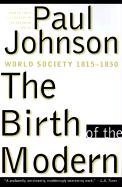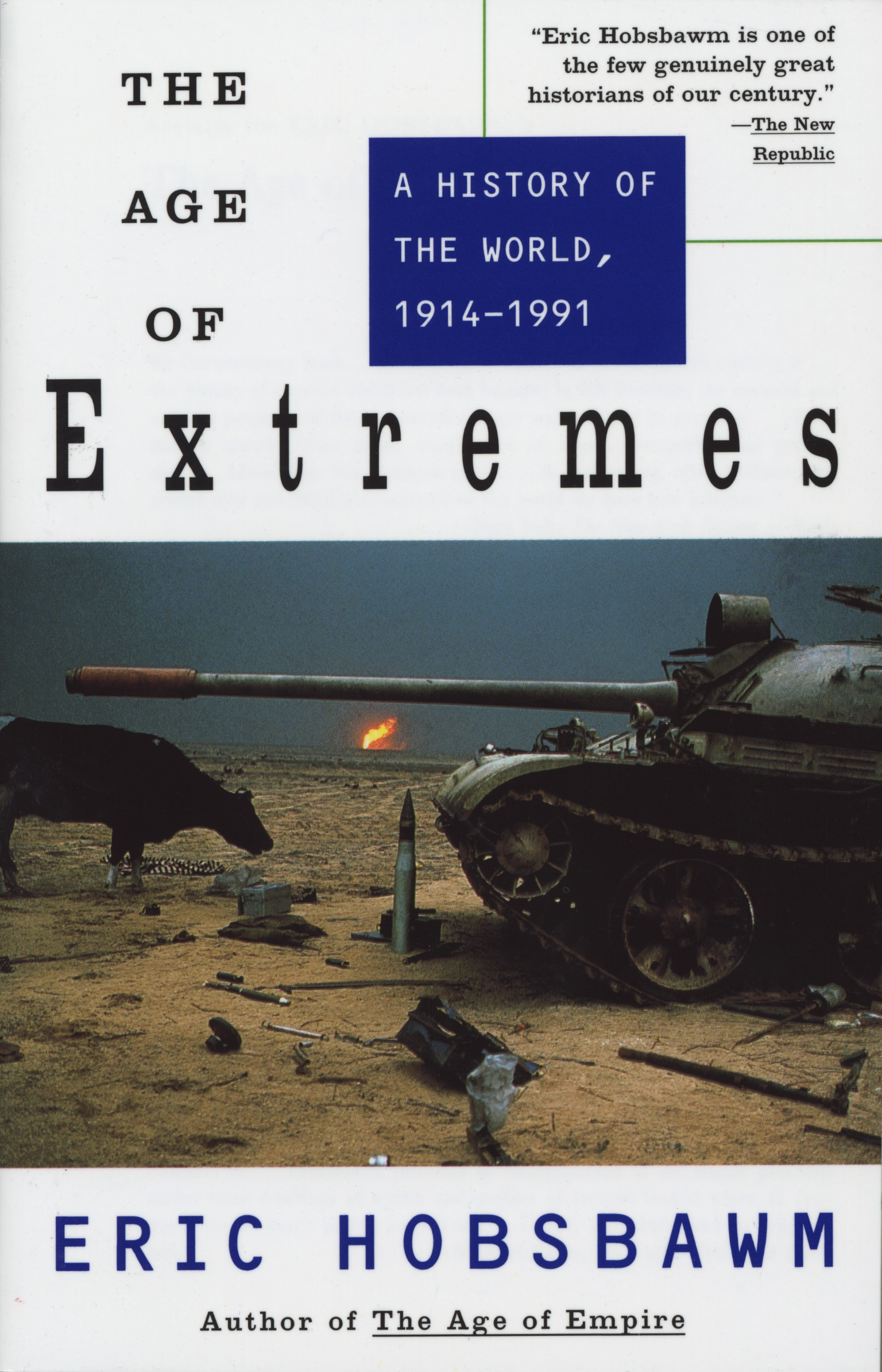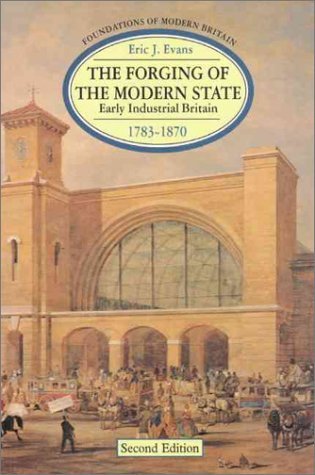
The Birth of the Modern: World Society 1815-1830
Book Description
Revolution and turmoil ignited a world forever changed between 1815 and 1830. Nations rose and fell as ideas of liberty and individual rights collided with tradition and power. The aftermath of wars reshaped borders and minds, while thinkers and visionaries sparked fervent debates that would echo through time. Industrial innovation surged, transforming lives and economies in a single generation. Amidst the chaos, alliances formed and betrayals emerged, leaving indelible marks on society. Can resilience and aspiration triumph over oppression in this crucible of modernity? Discover how the birth of the modern world still resonates today.
Quick Book Summary
"The Birth of the Modern: World Society 1815-1830" by Paul Johnson examines a decisive period in world history that forged the foundation of modernity. After the upheavals of the Napoleonic Wars, societies confronted new ideas about liberty, rights, and governance. Johnson explores the transformative forces of industrialization and technological progress, which rapidly changed economies and daily life. The book highlights the intense clash between tradition and innovation as intellectuals, revolutionaries, and statesmen wrestled with the meaning of freedom and order. Through vivid depictions of key political events, cultural shifts, and social upheavals across continents, Johnson shows how this brief era shaped the trajectory of nations and individuals, triggering changes that still reverberate in the contemporary world.
Summary of Key Ideas
Table of Contents
The Clash of Liberty and Tradition
In the wake of the Napoleonic Wars, the world entered a period marked by both exhaustion and unprecedented promise. Monarchies reclaimed power, yet revolutionary ideals continued to simmer beneath the surface. The Congress of Vienna sought to stabilize Europe but inadvertently set the stage for future unrest by attempting to contain the forces of change. Throughout these years, thinkers such as Bentham and Hegel influenced debates on governance, rights, and the definition of society itself. This intellectual ferment was mirrored by political turmoil and sporadic uprisings, revealing a growing tension between tradition and emerging calls for liberty.
Rise of Industrialization and Innovation
Technological innovation accelerated at a bewildering pace during this era. The advent of the steam engine and mechanized manufacturing ignited the Industrial Revolution, transforming economies from agrarian to industrial. These changes birthed immense urbanization, shifting populations from rural villages into teeming cities. Innovations in communication, such as the expansion of the press, democratized information and connected people as never before, fostering new forms of social organization and identity. The rapid progress brought about both prosperity and profound social strife.
Transformation of Political Order and Borders
The transformation of political order and borders was highly visible in the newly reconfigured map of post-Napoleonic Europe and beyond. Old regimes struggled to retain power, while new nation-states and alliances emerged. Revolutions, both successful and crushed, erupted from Spain to Greece and Latin America, spreading radical ideas of nationalism and self-determination. Diplomacy and betrayal shaped a complex web of international relations, with the balance of power constantly threatened by shifting allegiances and the ambitions of statesmen like Metternich and Canning.
Emergence of New Social Classes and Ideas
Society underwent significant change as new social classes emerged and old hierarchies were tested. The rise of the bourgeoisie confronted entrenched aristocracies, while the spread of literacy and education empowered wider segments of the populace to participate in public life. Women began to assert a more visible presence in intellectual and political debates, challenging rigid gender roles. Within this dynamic environment, artists and philosophers offered fresh critiques of authority and tradition, fueling cultural transformations that would echo well into the future.
Global Reverberations and Legacies
Despite being a relatively short period, 1815–1830 produced reverberations that shaped the world order for centuries. Johnson illustrates how the era’s innovations and ideological struggles still resonate, underpinning modern debates about liberty, progress, and social justice. The seeds of both cooperation and conflict were sown during these years, as societies grappled with the challenge of balancing aspiration and resilience against forces of oppression. This crucible of modernity, as Johnson compellingly argues, continues to influence global society.
Download This Summary
Get a free PDF of this summary instantly — no email required.





